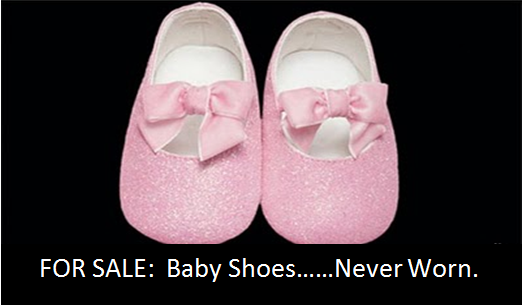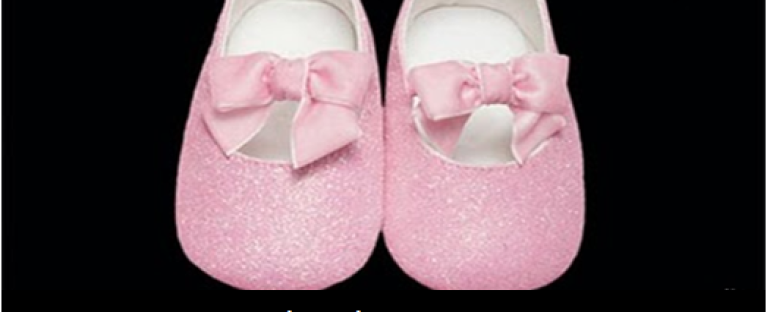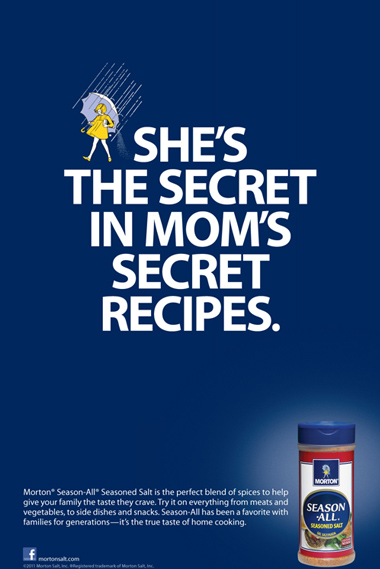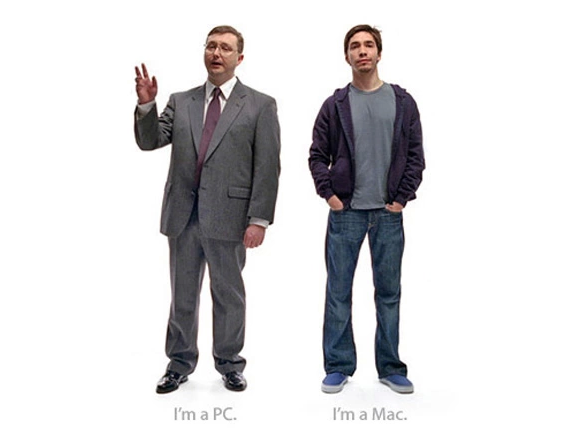Tag Archives: empathy
Just minutes before the coin toss that would kick off Super Bowl 50, “Broadway Joe” Namath, former American football quarterback, American Football League icon and Hall of Famer, shared some interesting thoughts about storytelling. “If you go across America,” Namath suggested in the pre-game video, “what you’ll learn is that stories mean a lot to people…the lessons they teach, the characters they turn into legends. Well I’ve got a story for you. Let me tell you why I think it’s so great. It’s because you couldn’t have written what’s happened in this game over the past 50 years. I just don’t think anyone would believe it.” Namath went on to describe how the Super Bowl got its name and what that first championship game was like. But it was his words about storytelling that were meant to foretell a great experience for content marketers and consumers alike.
If any event had the makings of an emotional experience and primed for great storytelling it was Super Bowl 50. This game would mark the half century anniversary of the event itself. Legends from 50 years of the sport would be recognized in a formal ceremony. On the field two great quarterbacks would be pitted against each another—Peyton Manning, the sentimental favorite looking to capture one last Super Bowl ring before the likely announcement he would retire and Cam Newton, a young, brash QB who helped lead the Carolina Panthers to a place in the big game. Surely all this emotion would also be captured in this year’s offerings of Super Bowl commercials? Certainly this would be the year advertisers and content marketers would take to heart all the research and data and trend information available that clearly indicates content must focus around emotion and empathy for its target audience in order to achieve brand goals? Undoubtedly, Super Bowl 50 would be the year advertisers would marry emotional messages with memorable visuals?
FOR SALE: Baby Shoes….Never Worn.
Just six simple words but what a story they tell. Ernest Hemingway penned this short, short story years ago on a $10 bet. But it speaks to what makes for a truly compelling story.
Ask any brand today and they’ll proudly tell you they are now actively in the business of producing content. Nearly every brand has moved content marketing to the top of their to-do list. They tweet and pin and post and blog. But are they really moving the needle in engaging their audiences through story? 
There is a huge difference between those that are merely producing content and those that are actual, bona fide storytellers.
Storytelling isn’t just about pushing out content. It’s about getting into people’s heads and hearts using the basic storytelling principles of character, conflict and resolution. As Maya Angelou once said, ““I’ve learned that people will forget what you said, will forget what you did, but people will never forget how you made them feel.”
Speaking during Social Media Week Chicago, Daryl Travis, Founder and CEO of Brandtrust and author of the new book, How Does It Make You Feel? Why Emotion Wins the Battle of Brands, stressed that today’s content creators and marketers need to think and behave more like social scientists in order to better understand the unarticulated needs for consumers. According to Brandtrust research, our non-conscious system accounts for 95% of our motivations and reveals the true mind of the consumer and uncovers emotional drivers of their behavior. The remaining 5% comprises our conscious self which reveals the voice of the customer and elicits rational answers. Storytelling allows us to tap into both.
“What drives brands is emotional, irrational and beyond our conscious awareness,” he said. “We need to understand the stories and narrative patterns of consumers’ lives and how they’re connected to brands in order to bring them to life.”
Brands are beginning to realize what every writer and journalist has always known: “Never underestimate the power of a great story.” Stories are the essence of human communication. Just ask yourself: Do you most remember bullet point factoids from a PowerPoint presentation or a story told around the office water cooler?
As author Douglas Van Praet aptly notes in Unconscious Branding: How Neuroscience Can Empower (and Inspire) Marketing, “We need to remind ourselves that we are all in the business of buying and selling good feelings. The more emotionally charged, the more likely your brand will stick out or break through the clutter, forcing people to notice your message.”
One brand that not only gets consumers’ attention but does so by focusing on feelings is Virgin Atlantic airlines. Founder Richard Branson stated: “The idea that a business is strictly a numbers affair has always struck me as preposterous. I’m convinced that it is feelings–and feelings alone–that account for the success of the Virgin brand in all its myriad forms.”
He added, “It is my conviction that what we call shareholder value is best defined by how strongly employees and customers feel about your brand. Nothing seems more obvious to me that a product or service only becomes a brand when it is imbued with profound values that can translate into fact and feeling that employees can project and customers can embrace.”
An increasing number of brands are zeroing on emotions to move the needle in the marketplace. And you don’t have to be Apple or Starbucks to make it work. Consider the case of Morton Salt. Clearly a commodity product, salt is salt with nothing differentiating it. Yet, Morton Salt enjoys a 50% market share because it sells trust to make its brand stand out. It features the familiar illustration of a little girl under her umbrella with the tag line, “When it Rains, It Pours” on its packaging, reminding customers it is the same product their mother, aunts and grandmothers used for generations.
Brands must also take into account the shape of the story they are crafting. Does the subject matter align better with an episodic or thematic approach? While episodic stories tend to be more effective at motivating an audience to take action, thematic stories earn greater emotional involvement from the audience.
Consider Microsoft’s popular ad campaign, “I’m a PC” featuring an “everyman” who identified himself as a PC user and his Mac user counterpart. Through a series of effective ads, Microsoft told a thematic story that prompted a broad consumer conversation of the merits of both products and the kinds of people who use them. The campaign proved to be a successful example of how emotional attachments can be used to develop strong brand identity and loyalty.
What’s your brand’s story? Whether it’s your personal brand or a professional one, when deciding how to tell your brand’s story consider these guidelines:
- Consider the shape of the story. Think in terms of what will be memorable so it can be passed along to someone else.
- Construct stories with emotion; think about how the story will make someone feel
- Write and create empathically. Remember there are human beings on the other side of your story.
- Don’t neglect to entertain with content.
- Turn facts into a story rather than bullet points
- Convey stories using compelling images and selective text (think of Hemingway’s short, short story)
- In social media channels, answer questions in terms of story.
Share This
Recent Blog Posts
- International Women’s Day: Taking action to gain traction
- Be a shoulder and a hand: 10 ways to help women in the workplace show up and shine up
- Unfinished Business: Content Marketing’s Role in Cracking the Glass Ceiling
- Lessons Learned from 84 Lumber’s Super Bowl Fail
- Brands Rise Up to Stand Out in Super Bowl 2017
Categories
Blog Post Tags
My Tweets

About Me
Portfolio Categories
Follow Me
Recent Posts
-
International Women’s Day: Taking action to gain traction
The first time I noticed men and women were treated...
-
Be a shoulder and a hand: 10 ways to help women in the workplace show up and shine up
International Women’s Day is an important day of...
-
Unfinished Business: Content Marketing’s Role in Cracking the Glass Ceiling
When it comes to tackling the gender equality issue...
-
Lessons Learned from 84 Lumber’s Super Bowl Fail
84 Lumber got it wrong on Super Bowl Sunday. In fact,...



















